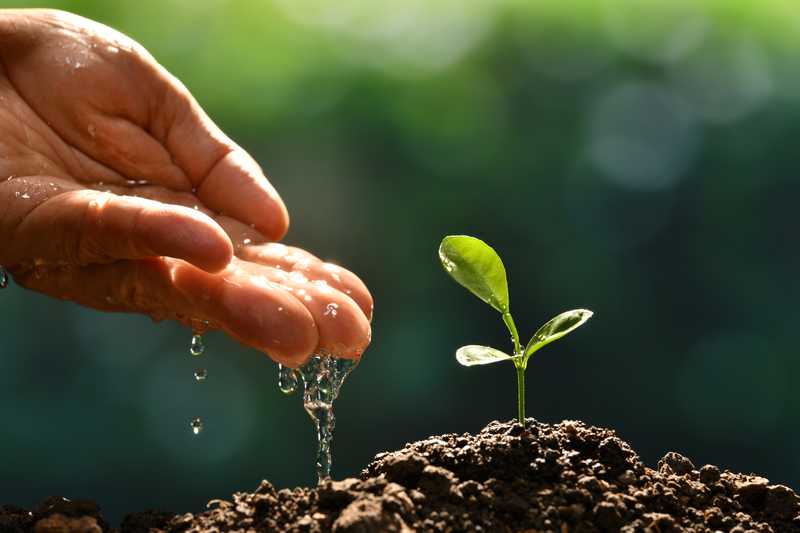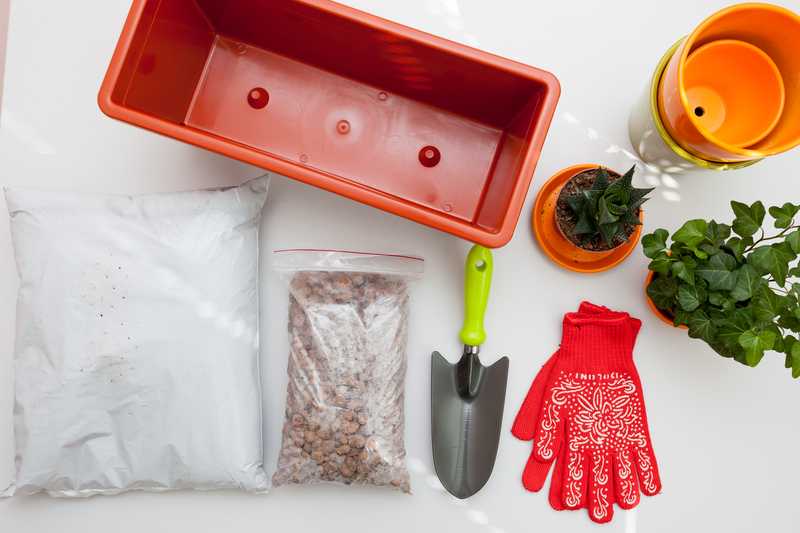
Plants are usually overlooked and taken for granted. Even if you do not give plants and trees much attention, they are necessary for human survival.
Not everyone has a green thumb, but there are tricks, hacks, and techniques for keeping your plants alive and well. If you take care of the plants, not only will they benefit, but you will feel less stressed, the air will be cleaner, and the environment will be more pleasant.
Lemon balm is a common mint family green plant. Like most other herbs, lemon balm leaves can be used to flavor food and to prepare a wide range of drugs. The lemony aroma of the leaves makes them perfect for flavoring.
Here is everything you need to know about these leaves and the reasons for a problem that most people encounter; leaves turning brown.
Lemon Balm: A Vital Plant
Lemon balm has long been known for its calming nature. Moreover, it energizes youth, strengthens memory, and relieves lethargic nature. A Roman scholar once said that attaching lemon balm to a sword would shield a warrior from harm.
Lemon balm’s ability to attract bees has also long been used by beekeepers to their advantage by placing it on a hive to keep the swarm together.
Lemon balm is a sweet, aromatic herbaceous plant that you can easily grow in your backyard. Its refreshing lemon-mint flavor is perfect for hot and cold drinks, as well as when added to poultry and mutton dishes.
It has terrific flavor and looks lovely in your garden beds. Usually, 12 to 24 inches tall, the plant has tiny white to yellow flower clumps.
Have you given lemon balm a shot in your garden? You would be seriously lacking if you didn’t.
Types of Lemon Balm
There are several names for lemon balm. It has also been referred to as Melissa, sweet balm, honey plant, and garden balm. Whatever name it goes by, there are many different kinds for you to taste.
- Compacta
It grows 6 inches in height and 12 inches broad. The plant’s dark green leaves have a mild to moderate flavor and don’t blossom or produce seeds.
- Aurea
Its springtime leaves have a dark green base and golden variegation. The yellow color starts to fade by the summer. This kind has a malty taste.
- Citronella
It brings a lot of pollinators and honeybees to your field. It comes in a tasty variety and has a calming aroma. This plant achieves a height of 10-12 inches.
Lemon Balm Leaves Turning Brown Reasons
If the young leaves of your lemon balm turn brown and fall, take that as a cry for assistance. If you do not respond quickly, older leaves may line up. Understanding the causes of a problem is the first step toward a fix.
If your plants are turning brown, it is alarming. There are various reasons for this, and yours might be one of them. See them all below.
- Unmet Soil Requirements
Poor growth on a lemon balm plant results from a lack of nutrients in the soil. Ensure that the soil is fertilized each year to give plants the ammonia, phosphorus, and potassium they require for healthy growth.
The vitality of lemon balm plants also depends on nutrients like zinc and magnesium. Lemon balm plants can’t produce healthy, adult leaves in unhealthy or imbalanced soil.
- Unfulfilled Water and Light Needs
Lemon balm can grow in practically any soil as long as it isn’t excessively moist. However, you must ensure that you water the plants properly. Water the soil once the top 1/2 to 1″ has dried. Soggy roots will make lemon balm worthless. Ensure that the pH is between 6.7 and 7.3 as well.
Lemon balm plants grow fast in somewhat shaded areas. Even though it grows in full sun, too much sunshine might harm the lemon balm. The key is to maintain the balance.
- Congestion
Lemon balm plants that are planted too closely together would struggle for water, minerals, and light, which weakens the plant and may result in early leaf death.
Lemon balm plants can reach a height of 2 feet, so put them 18 inches apart to give them enough room for healthy root development. In close plants, root crowding causes premature leaf drop or leaf death.
- Faulty Root Handling
One of these leaves’ root problems may be the main reason why they suddenly start to turn brown. In most cases, the plant’s root does not receive enough water. Similarly, as the root rots, the plant may collapse.
It would be best to be more cautious when handling the plant’s roots in both situations. Always check to see if the plant can absorb water through its roots. Beginners often start overwatering the plant, which is a big blunder.
- Improper Drainage System
Drainage is one of the most critical factors that can affect the leaves, just like it does for the majority of plants. You must make sure that the plant has a functional drainage system. This will prevent the leaves from turning brown and boost the harvest.
Tip: The entire plant should be cut 2″ above the soil surface for a complete harvest. To avoid it turning black, dry it fast and on platters rather than leaving it in the shade. Harvest only if sunny weather is expected for several days.
- Genetic disorder
The presence of brown spots on the plant’s leaves could also signify a disease. We fear these leaves will not likely be retained if that is the case. As previously said, your best course of action would be to pluck all leaves with any brown marks on them. This helps in slowing down the spreading of the disease as well.
After clipping the damaged leaves, you should have the plant examined if you still observe that brown spots continue to grow.
Tackling the Crisis
The harm has been done to those leaves because once they go brown, they won’t ever turn green again. Pruning works nicely on lemon balm, luckily. It does pretty well when heavily collected regularly and sheared back.
- Trim the leftover stems and remove all dark and dried-out leaves from the plant. To stop the spread of disease, use gardening clippers and sanitize the blades with a home cleaner. If you continue, your lemon balm will soon recover. Brown leaves are merely a sign. Focus on giving the proper care so it won’t ever happen again.
- If you wish to add some organic mulch around your plants, make sure to keep it away from the branches of the plants. That prevents soil-borne organisms from splashing onto the leaves, maintains a consistent soil temperature, and lowers the water demand.
- Moreover, only water the plants when they require it. Before watering, check to see if the soil is already damp or not. Another solid sign that it’s time to water is when a plant in the mint family starts to droop a little.
If these steps don’t help your mint’s condition, you can choose to take a few samples of its damaged leaves to a nearby nursery for a closer look and rule out any other pathological conditions.
Embrace Your Lemon Balm Plant
The self-seeding herb lemon balm plant spreads quickly and effectively. Soon, every direction you turn will be covered in thick, lemon-scented leaves. Planting lemon balm in the ground or a container will control the spread. Just take off the pot’s bottom. Flower stems should be removed before they set seed.
The aroma of lemon balm is at its strongest without fertilization. Pick wholesome, green leaves before the heat depletes the oils in the morning. Lemon balm grows all year long in countries with moderate, wet winters.
Final Verdict
The sight of a healthy plant turning brown can be rather distressing. Fortunately, there may still be hope for the plant to recover if you’ve observed that the leaves on your lemon balm trees have started to turn brown. But before taking action, you must identify why the spots on the leaves began to form.
By the time you are done, you will probably have a better idea of what to do with your plant.






